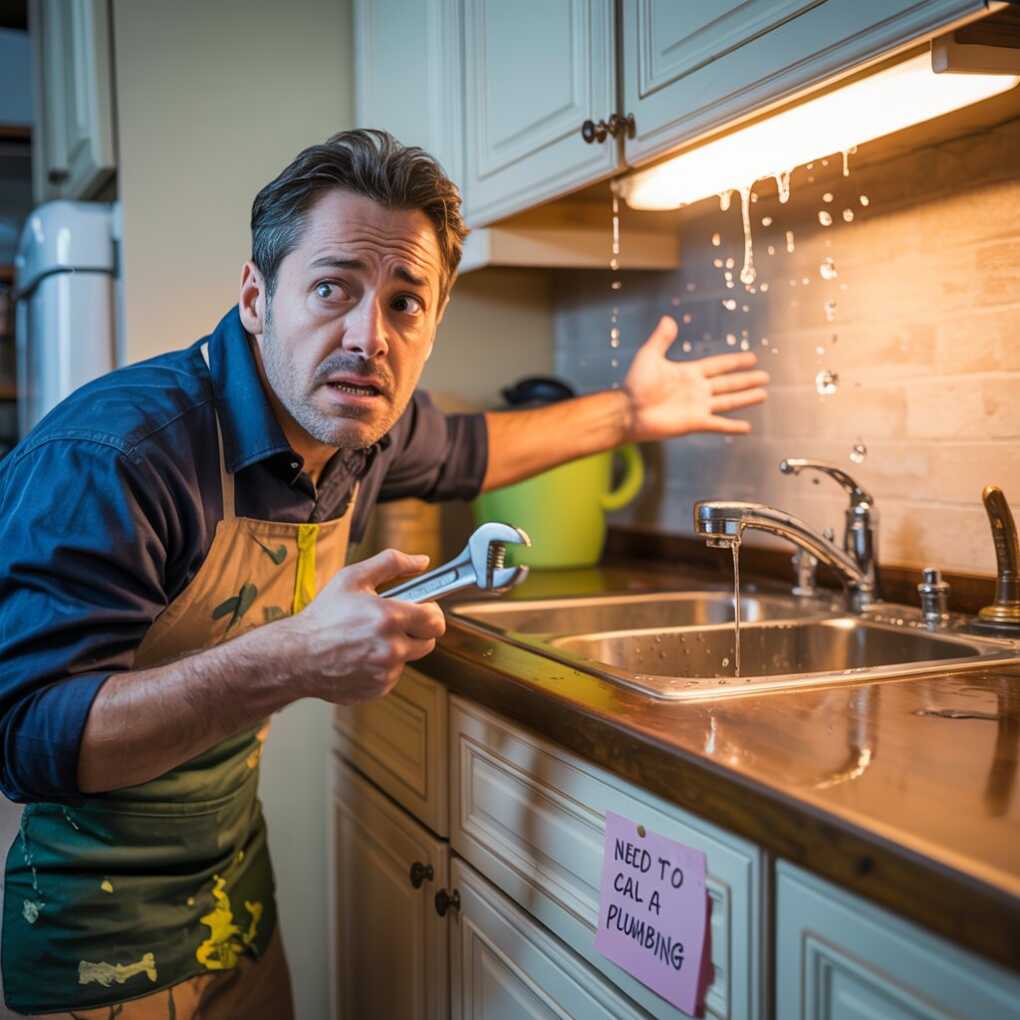Many homeowners postpone repairs until the last possible moment, often underestimating the severity of plumbing or HVAC issues. What starts as a minor drip or subtle noise can quickly turn into an expensive, full-blown emergency. Recognizing the early signs that something is wrong can protect your home, your comfort, and your wallet. When it comes to plumbing and HVAC systems, certain red flags should never be ignored. We will explore the most critical signs that indicate you need professional intervention right away—long before things escalate into costly disasters.
If you notice persistent issues like unusual noises from your HVAC system or water leaks that just won’t stop, it’s crucial to act quickly to prevent further damage. Ignoring these signs can lead to more significant problems and costly repairs. For residents in Quincy, finding a reliable service provider is essential. Consider reaching out to a plumber quincy who can offer expert assistance and ensure your plumbing and HVAC systems are functioning optimally. Timely intervention can save you from the inconvenience and expense of major repairs, so don’t hesitate to seek professional help when needed.

Red Flags That Demand Immediate Attention
1. Water Stains or Unexplained Moisture in Unusual Places
One of the clearest indicators of a hidden plumbing issue is the sudden appearance of water stains, damp patches, or bubbling paint on your walls or ceiling. These aren’t just cosmetic problems—they’re usually a sign of a hidden pipe leak or poor drainage behind the surfaces. What makes this issue urgent is that moisture trapped behind walls or under floors can lead to mold growth in as little as 24 to 48 hours. Not only does this threaten the structural integrity of your home, but it also poses health risks for anyone with allergies or respiratory conditions.
Moisture in areas like basements, under sinks, or along floorboards may also indicate burst pipes, faulty connections, or long-term corrosion. If you’re unsure whether it’s time to act, many service providers offer detailed symptom checklists or contact options on their website. Any unexplained dampness that doesn’t dry up within a day or two should prompt a call to a plumbing service to diagnose the problem and prevent further damage.
2. Noisy HVAC Units That Interrupt Your Comfort
HVAC systems are designed to run quietly in the background. If you start hearing unusual noises such as banging, rattling, screeching, or clanking, these sounds are trying to tell you something. Banging noises may indicate a loose or broken part, while screeching can suggest problems with belts or motor bearings. If ignored, these small mechanical failures can evolve into system-wide breakdowns that are far more costly to repair or replace. Sometimes the noise might be due to a refrigerant leak or airflow obstruction, which can compromise both heating and cooling efficiency. A noisy HVAC unit doesn’t just interrupt your peace—it means the system is struggling, consuming more energy, and potentially on the brink of failure. Immediate attention from a professional can help restore quiet operation and prevent further disruption to your peace of mind.
3. Persistent Sewer Odors Indoors
If your home starts smelling like a sewer, that’s never normal—and it’s never something you should ignore. Sewer gases are not only unpleasant but also potentially dangerous. The smell often means there’s a broken or blocked sewer line, a dried-out P-trap, or a cracked vent pipe. In severe cases, these problems can allow methane gas to enter your home, which poses a serious health hazard. You may also notice gurgling drains or slow-draining sinks and tubs, which are signs of more severe blockages. Odors emanating from HVAC ducts may indicate that an animal has died in the system or that mold is growing in the air handler. Regardless of the cause, foul odors are a clear warning that something is not right with your plumbing or HVAC system. Waiting too long can make the repairs more expensive and dangerous, so immediate action is necessary.
4. A Sudden Spike in Water or Energy Bills
Have you opened your monthly utility bill and found a shocking increase you can’t explain? When water or energy consumption increases unexpectedly, it’s often the result of an undetected leak, a running toilet, or a malfunctioning HVAC component, such as a faulty thermostat or compressor. Small leaks can waste hundreds of gallons of water per month without any visible signs. At the same time, inefficient HVAC systems may cycle too frequently, drawing excess power and increasing your electric bill. A slow drip from a faucet may seem minor, but it adds up quickly. Similarly, a clogged air filter or a failing blower motor can reduce system efficiency, forcing it to work harder and longer. Monitoring your bills can serve as an early warning system; any unexplained increases should prompt a professional inspection to pinpoint and resolve the issue before it further drains your budget.
5. Lack of Heating or Cooling Despite System Running
If your air conditioner is humming but not cooling or your furnace is roaring without heating, you’re experiencing a clear signal that your HVAC system is in distress. There are several possible causes—low refrigerant levels, thermostat malfunctions, dirty filters, or blocked ducts—but all of them can lead to total system failure if left unchecked. This is especially critical during temperature extremes, where lack of heating in winter or cooling in summer can quickly create unsafe living conditions. Sometimes, the issue may be as simple as a clogged air filter, but it could also mean a failing compressor or heat exchanger. Either way, your system is wasting energy and putting strain on its components. Hiring HVAC professionals promptly ensures your home remains safe and comfortable while also preventing damage to the system from prolonged strain.
Conclusion
Plumbing and HVAC issues have a way of sneaking up on homeowners, often appearing insignificant at first before developing into serious problems. Recognizing the early signs—such as water stains, unusual noises, sewer odors, high utility bills, or a loss of pressure—can help you take action before costly damage occurs. While some problems may seem minor, their consequences can quickly become severe if left unaddressed. Timely action protects not only your home but also your health and comfort. Never ignore what your plumbing or HVAC system is trying to tell you.
